Fiji's Fearless Firewalkers
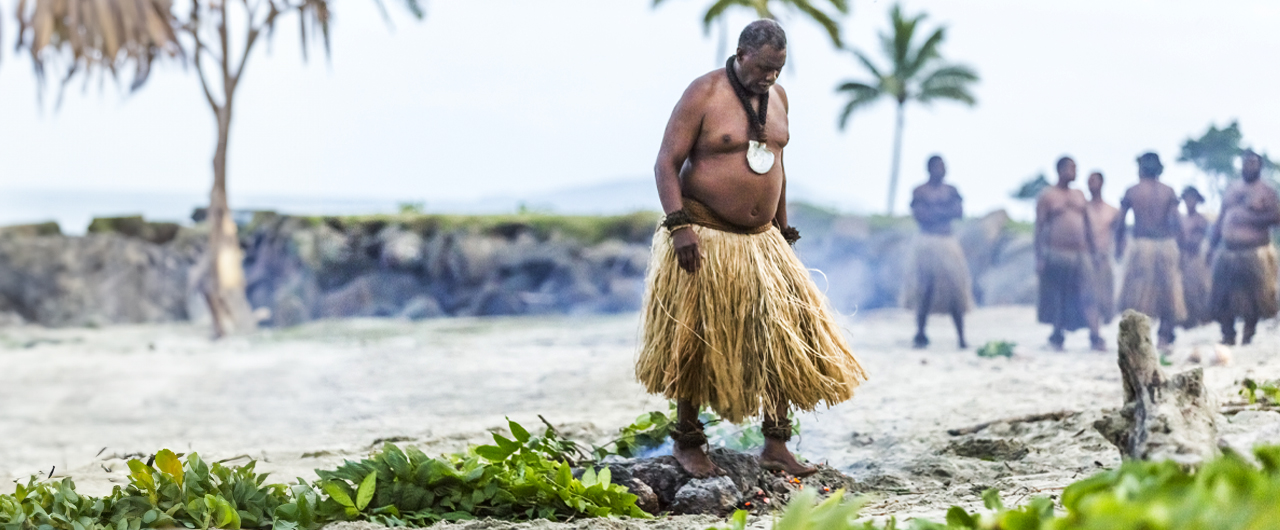
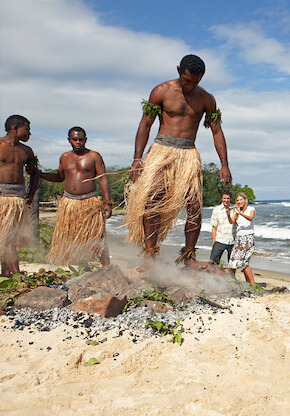
A Dance with Flames
Firewalking Locations
The Legend
Fijians didn’t always walk on fire. That tradition began around 500 years ago, in the small highland village of Nakarovu on Beqa Island.
Legend has it that Tuinaiviqalita, a young man seeking favour with a village elder, went in search of an eel to present as a gift. Digging into a small hole near a creek, he grappled and grabbed at a slippery eel, until at last he pulled it writhing, from its muddy hole. When the creature cried out, Tuinaiviqalita realised that instead of an eel, he’d captured one of Fiji’s elusive little people; a spirit god known locally as ‘veli’.
The ‘veli’ begged Tuinaiviqalita for its freedom, promising him all kinds of rewards which he refused. At last, when the veli offered him and his descendants power over fire, Tuinaiviqalita was intrigued. Sensing this, the veli dug a pit, lined it with river stones and set them ablaze in a fire until they turned white with heat. Then, leaping across the smouldering stones, the 'veli' beckoned Tuinaiviqalita to follow him. With much scepticism, Tuinaiviqalita stepped into the fiery pit but didn’t get burned. He knew then that the veli had been faithful to it’s promise, so he let it go.
To this day, power over fire only flows through Tuinaiviqalita’s bloodline to members of Beqa’s Sawau tribe. They demonstrate this extraordinary gift in a firewalking ceremony.
The Firewalking Ceremony
Firewalking is serious business and preparations begin many days beforehand. To discipline their mind, body and spirit, the men follow strict protocols like abstaining from things like coconuts or sex. Ignoring these could cause the spirits displeasure and result in severe burns.
Several hours before the ceremony begins, the performers build a pit (12-15ft diameter and 3-4ft deep) and fill it with massive river stones. A large bonfire is piled above the pit to heat the stones until they are white hot. When the fire dies down, a few chosen men stab at the stones with long poles to stabilise them. Finally leaves are placed across the pit to bless it before the excess ash and charcoal is removed.
At the signal of the ceremonial priest – usually a direct descendant – a troupe of firewalkers enter the arena chanting and step gingerly across the heated stones one by one.
When each man has conquered the fiery pit, they end the ceremony with more chanting and the sacrifice of their fern anklets to the pit. Days later, the anklets are recovered, ground and mixed into a tonic that is consumed by the firewalkers to complete the ritual.
Where To See The Fire Walking Ceremony
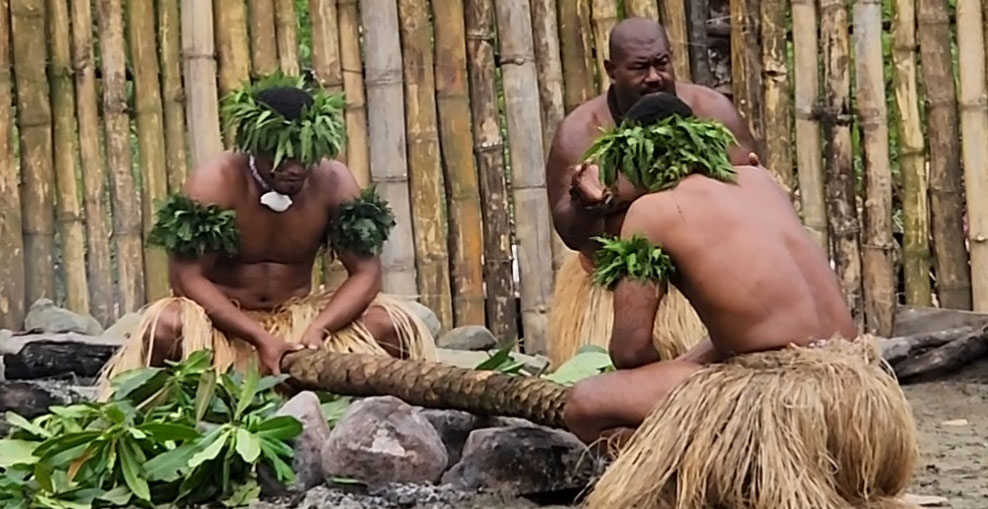
Although Beqa is the ideal place to view this ceremony in its most authentic form, you can also see it being performed on Viti Levu. Some descendants of Tuinavilaqata perform this feat at major hotels in Pacific Harbour, the Coral Coast and on Denarau Island as part of the resort’s entertainment program. Check with these resorts about when to see the infamous firewalkers.
- Beqa:
- Beqa Lagoon Resort
- Pacific Harbour:
- The Arts Village
- The Pearl Resort & Spa
- Coral Coast:
- The Outrigger Resort & Spa
- The Warwick Resort
- Shangri -La’s Fijian Resort
Beqa Lagoon Resort
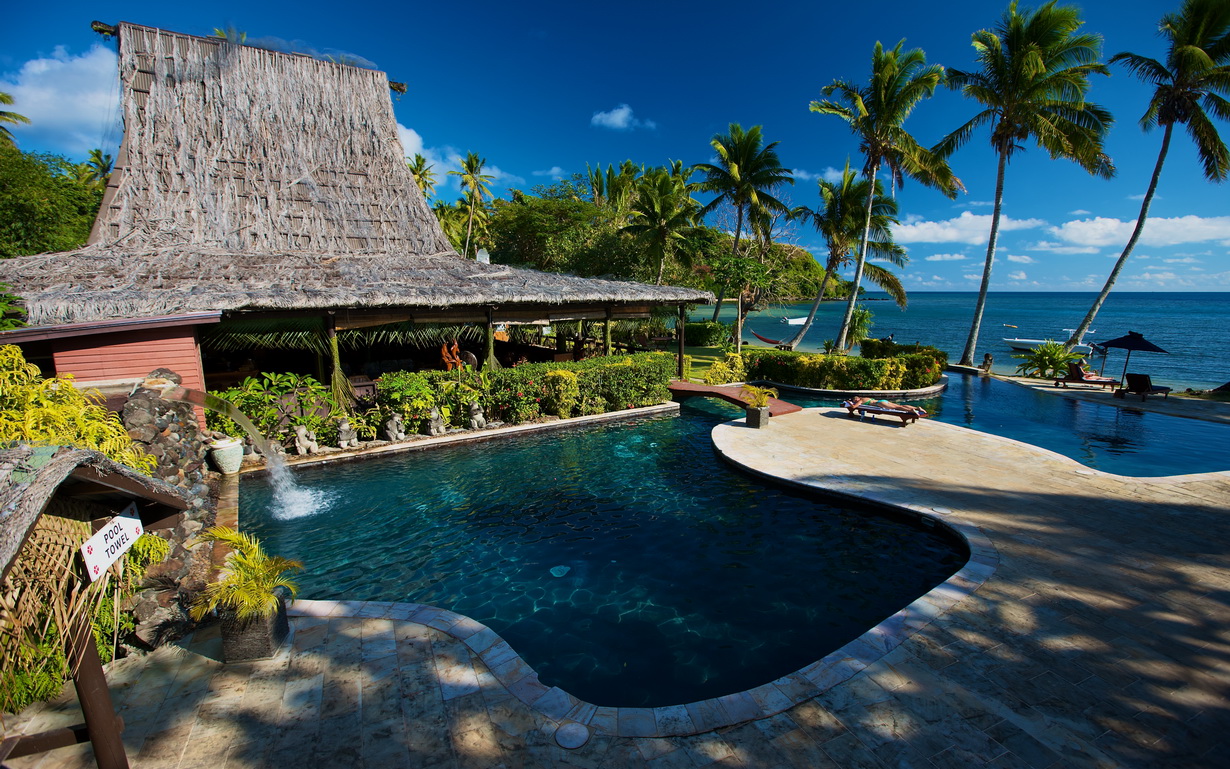
Beqa Lagoon Resort is the leading dive resort in Fiji that offers a wide array of adventures and cultural activities
The Pearl Resort, Spa & Golf Course

The Pearl Resort - in the heart of Fiji's Adventure Capital
Outrigger Fiji Beach Resort
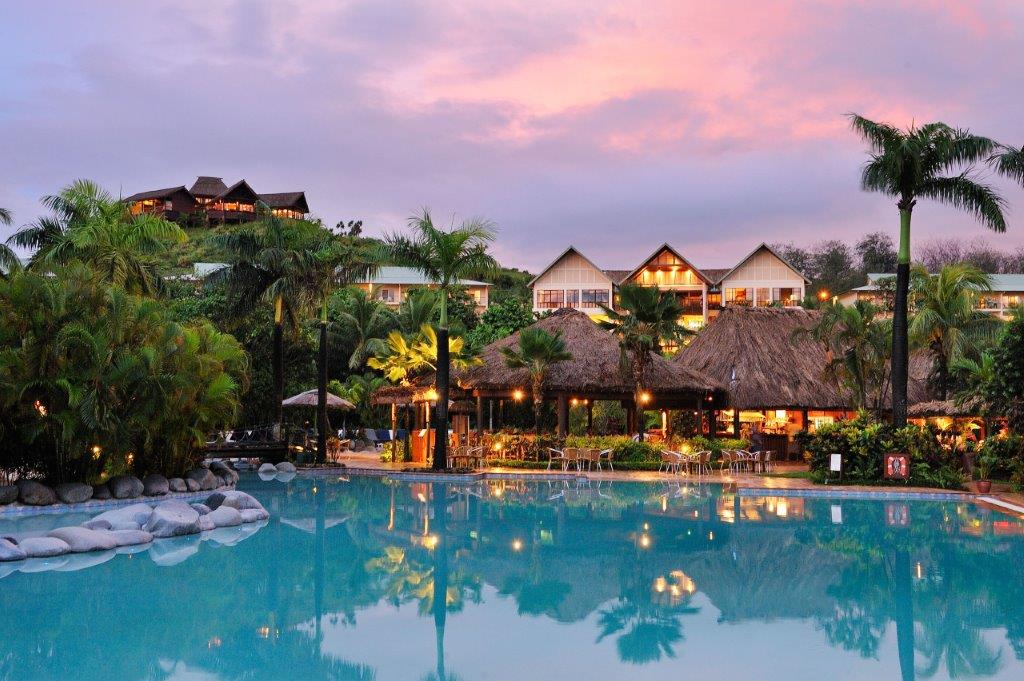
A 5-star Resort, reminiscent of a Fijian Village
Warwick Fiji

Perfectly positioned amidst sensational sandy beaches
Shangri-La Yanuca Island, Fiji
